When a serious gardener aims to transform their outdoor garden into a captivating haven, the initial step often involves integrating waterfall landscape ideas.
When you visualize a waterfall, you may only think of its stunning visual appeal and soothing sound.
Besides their aesthetic appeal, waterfalls are also regarded as dynamic oxygenators that help maintain the aquatic life of the pond ecosystem.
In this guide, we have discovered how a waterfall contributes to oxygenation and how a gentle stream of water adds value to your outdoor landscape.
Before disclosing how a waterfall supports aquatic life, it is very important that you know the ecological, aesthetic, and ecological benefits.
Why Waterfalls are Needed for The Pond Ecosystem
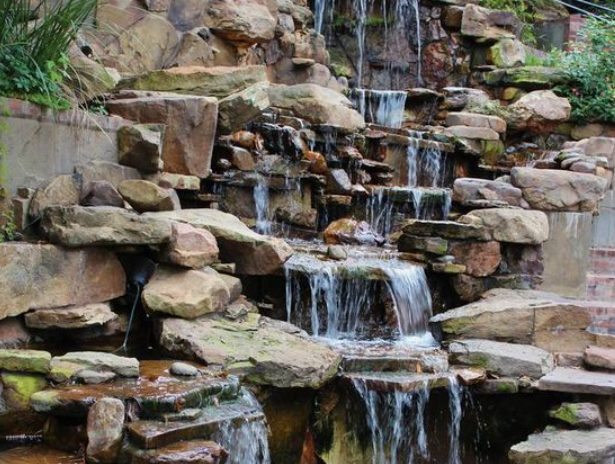
Waterfalls have dual functions when it comes to plant ecosystems.
It provides sufficient oxygen for aquatic life in the mind, gives the pond ecosystem top-grade water quality, and forms a captivating landscape.
Suppose you have an indoor garden that supports a waterfall.
In that case, you must ensure that your well-organized waterfall is clear of debris or blockages, as failure to do so would severely harm the pond ecosystem.
Some of the most common uses of the waterfall are stated below :
1. Pond Health is Improved
Oxygen is needed by the fish, plants, and bacteria present in the plant ecosystem.
If the right amount of oxygen is not provided, the plants, fish, and bacteria may suffocate to death, degrading water quality.
2. Makes the Pond Look Stunning
Besides oxygenation, the waterfall is known to increase the visual appeal of a landscape.
A waterfall is characterized by soothing sounds and a calm atmosphere, which becomes the main highlight of any landscape.
3. A Lifesaver During Summers
Oxygen becomes less during the summer.
Due to the amplifying temperature, the water cannot hold dissolved oxygen.
Waterfalls solve this issue since excess oxygen is produced through it.
Why Oxygenation is a Crucial Factor in a Pond Ecosystem
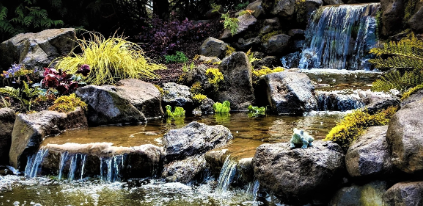
One of the reasons why aquatic life survives is oxygenation.
Thus, oxygenation is necessary for all aquatic life forms, including plants, fish, and bacteria inside the pond ecosystem.
The main contributors to oxygenation in ponds are the fountains and waterfalls.
These are the top reasons how waterfalls oxygenate plant ecosystem
1. Oxygenation Through Splashing
When water comes from a waterfall and merges with the pond, this phenomenon is called splashing or turbulence.
When this happens, an exchange of gases takes place, which are oxygen and carbon dioxide.
The oxygen that is received from the air is mixed with water when this occurrence takes place
2. Oxygenation Through Surface Area
When the water falls from the waterfalls, it falls inside many areas. This means the more the surface area of water, the easier it is for the pond to absorb the oxygen it receives and eliminate the carbon dioxide; thus, if a waterfall merges with a pond with a larger surface area, oxygen absorption is greater.
3. Oxygenation Through Circulation
There are a lot of areas in the pond that are deprived of oxygen. A waterfall solves this issue.
As soon as the waterfall hits the pond, it spreads towards areas with less oxygen.
This maintains the pond’s overall oxygenation level, and every aquatic life in the pond receives the oxygen it needs for survival.
4. Oxygenation Through Microorganisms
When a waterfall cascades into a pond, organic matter is involved during the process. The good bacteria in the pond help the pond eliminate the issue.
It breaks down all the organic matter the waterfall receives into useful substances that help the pond ecosystem thrive and maintain quality water.
5. Oxygenation Through Equipment
If the pond size is larger than the standard size, then aeration equipment is used to maintain the oxygenation level.
A larger pond means a larger population of fish; in such cases, aeration equipment like air stones and pond aerators is used to maintain the pond’s oxygen level and stabilize the ecosystem.
Top Waterfall Landscaping Ideas That Are Popular Today
Any outdoor garden that needs to be improved through functional benefits and aesthetic appeal needs a waterfall in its landscape.
Three super popular ideas today are rock steam waterfalls and Japanese garden waterfalls.
- Rocksteam waterfall: This waterfall has a meandering stream that enhances the natural aesthetics of your garden. It creates a tranquil atmosphere, and incorporating rocks and plants can achieve a harmonious ecosystem.
- Japanese Zen Garden waterfall: This stream has a serene design, and a clean line of water coming through the water indicates an atmosphere of tranquility and minimalism. By incorporating rocks and plants, a meditative relaxation space can be achieved.
- Raincurtain waterfall: This waterfall combines landscaping and modern architecture. It allows the room for customization since you can decorate the waterfall with LED lights to generate a dramatic effect.
Final Takeaway
From the above information, it can be clearly stated that waterfalls are indeed needed for oxygenation.
Using a waterfall adds value to the pond ecosystem by supplying them with proper oxygen, which is needed by fish, plants, and beneficial bacteria to thrive.
As soon as the waterfall hits the pod, it creates an excess of gases where the oxygen is absorbed, and the carbon dioxide is eliminated.
However, any man-made waterfall requires your proper attention and care.
You should always check for blockages and debris so that proper oxygenation is produced and no clogging occurs.

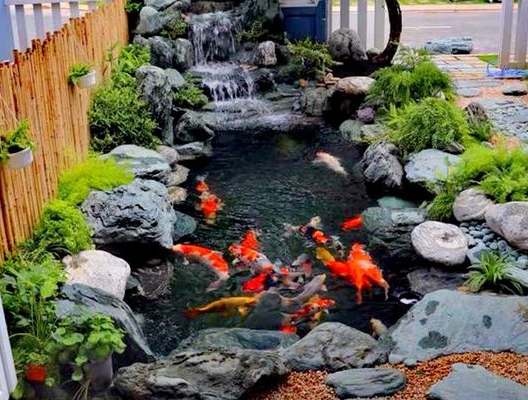
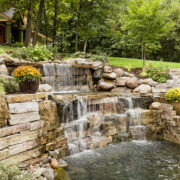
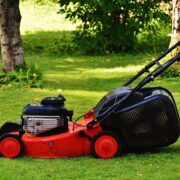
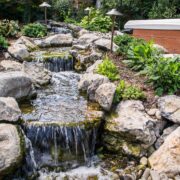
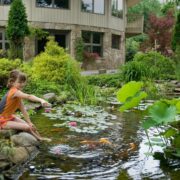
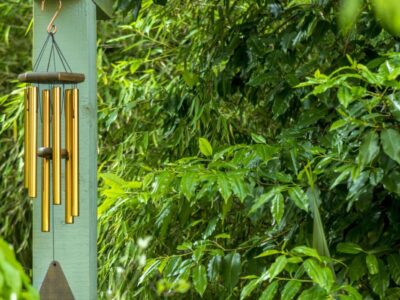
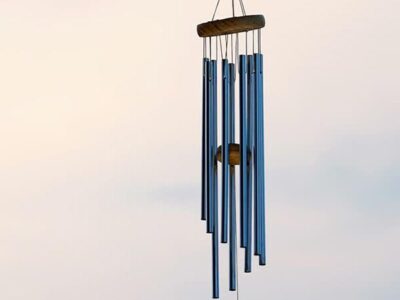

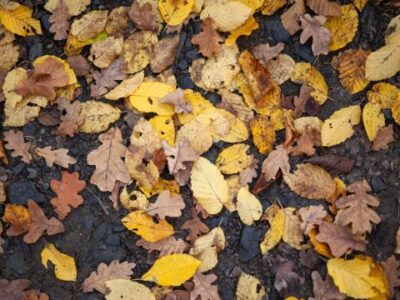

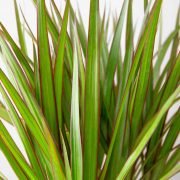
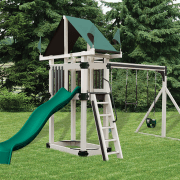

Comments